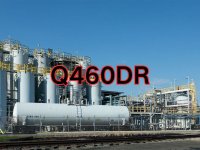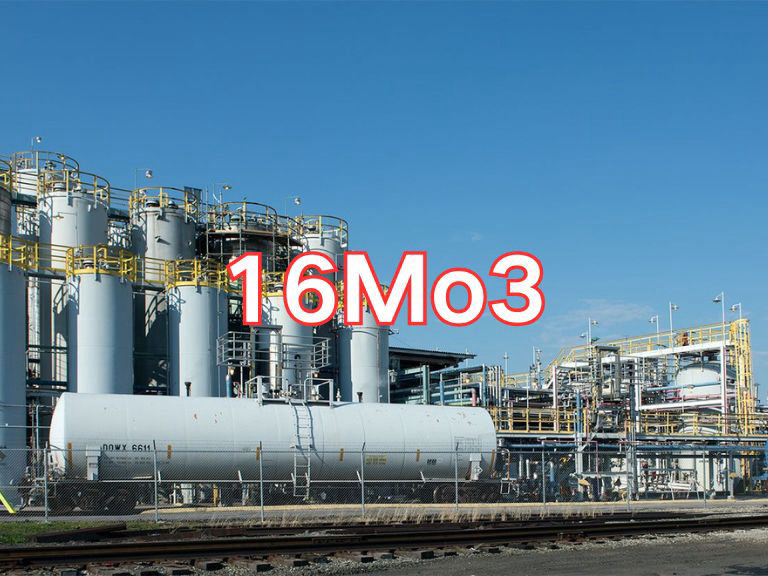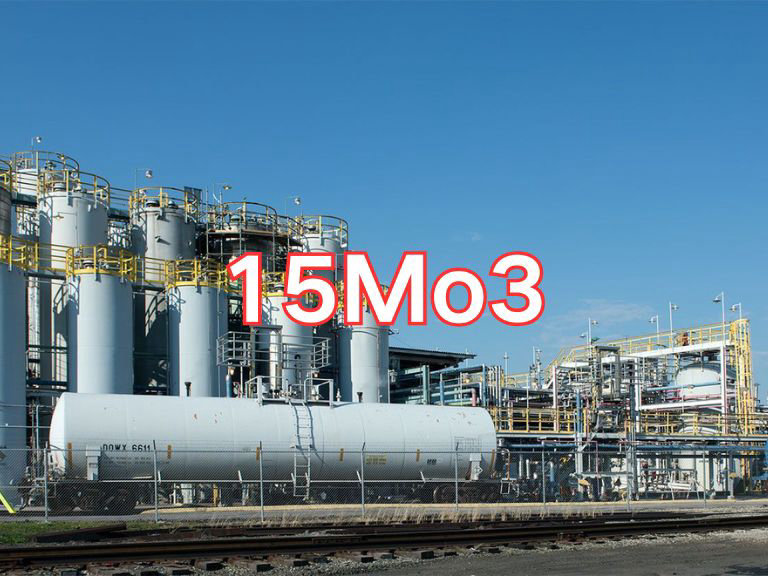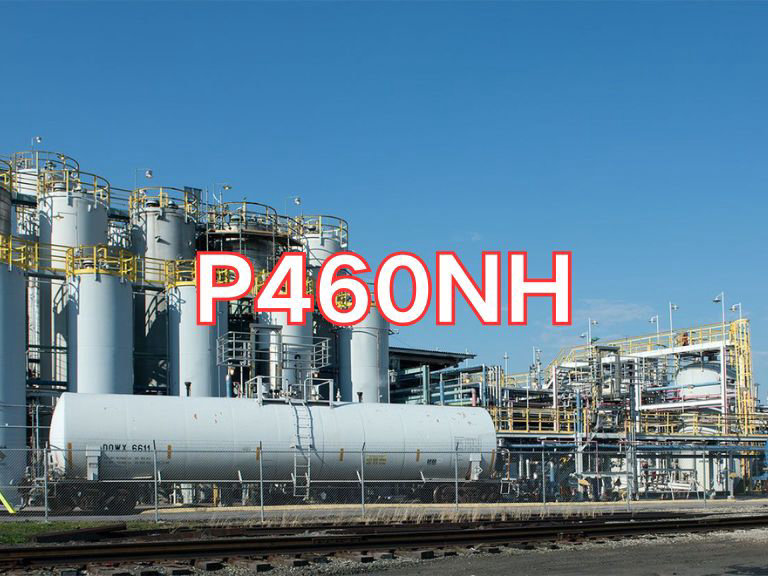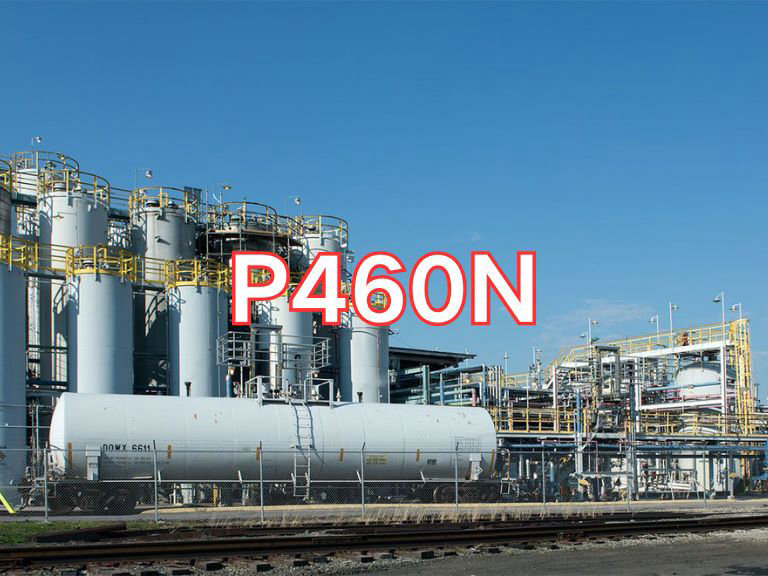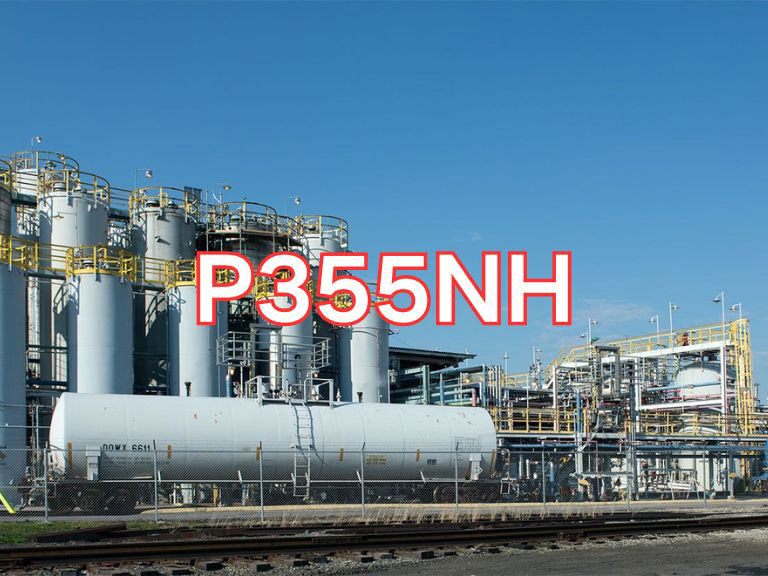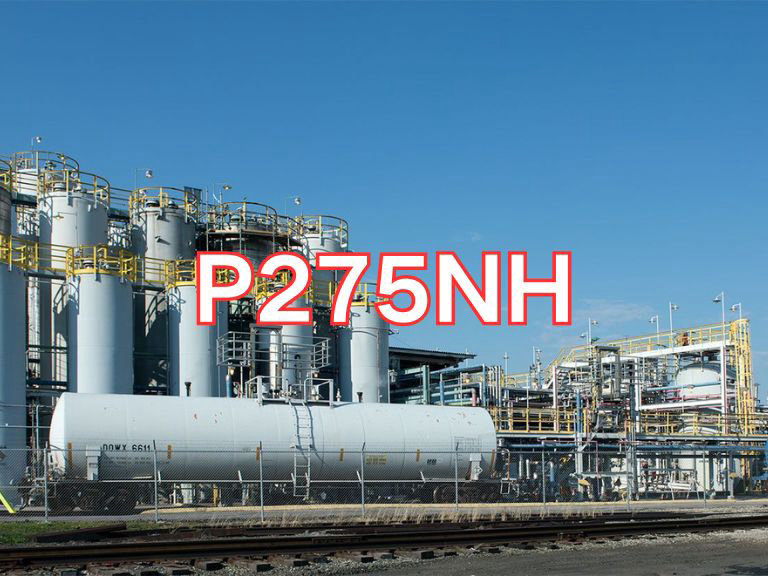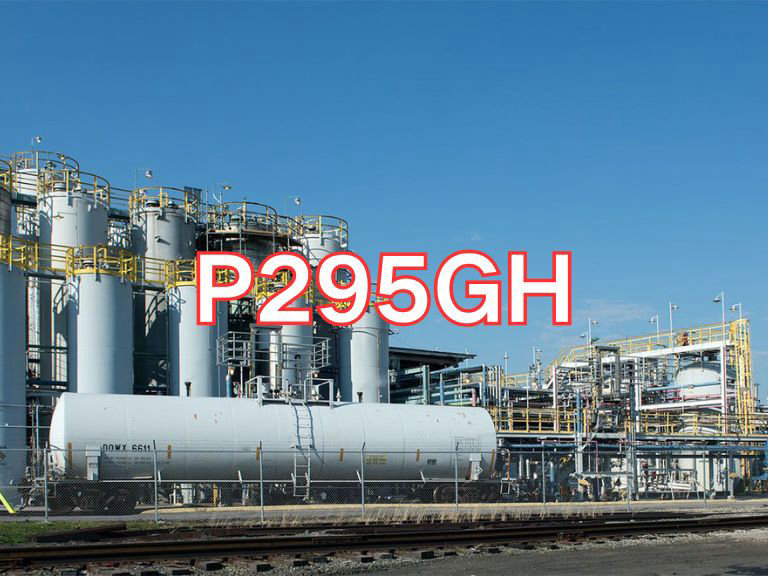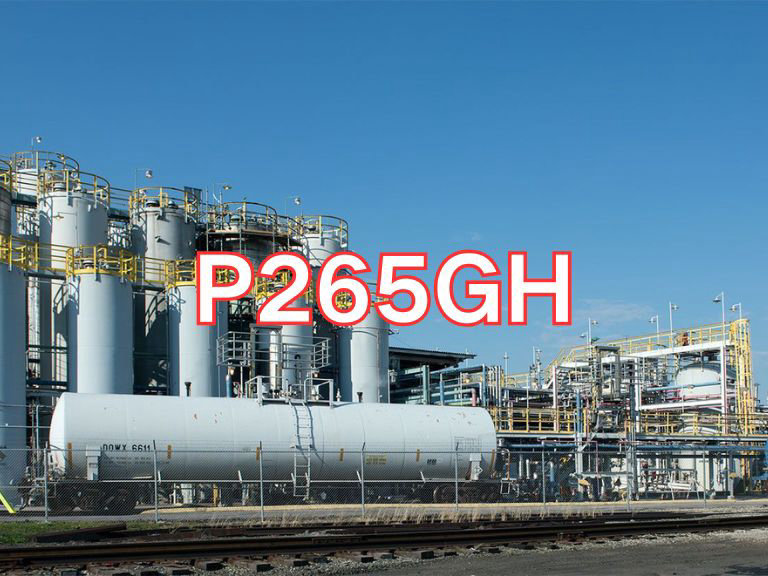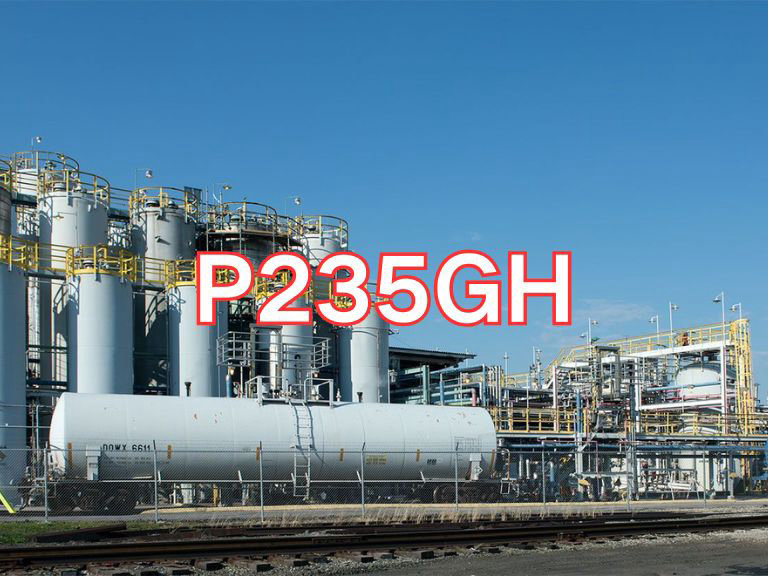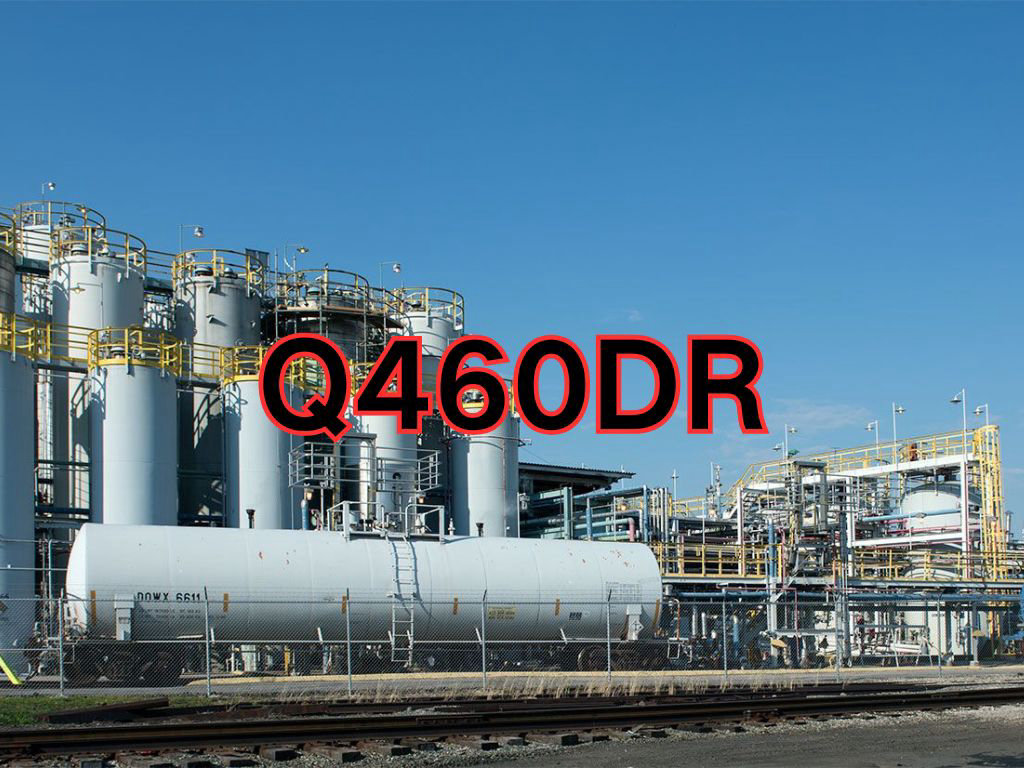

Q460DR
1. Brief Introduction
Q460DR is a high-strength low-temperature pressure vessel steel plate specified in the GB/T 713.3-2023 standard. It exhibits excellent impact toughness at low temperatures down to -70°C, with a yield strength of no less than 460 MPa. Through micro-alloying and normalizing or quenching and tempering heat treatment, this steel achieves an optimal combination of high strength and toughness. It is primarily used in the manufacture of critical pressure equipment such as large-scale low-temperature liquid storage tanks and heavy-duty petrochemical equipment.
2. Grade Designation Explanation
- Q: Stands for "Qū" , the first character of "Yield Strength" in Chinese Pinyin.
- 460: Represents the minimum yield strength value (in MPa) for plates with a thickness of ≤ 16mm.
- D: Stands for "Dī" , the first character of "Low Temperature" in Chinese Pinyin.
- R: Stands for "Róng" , the first character of "Pressure Vessel" in Chinese Pinyin.
3. Physical Properties
Typical physical properties of Q460DR at room temperature include:
- Density: Approx. 7.85 g/cm³
- Elastic Modulus: Approx. 205 GPa
- Poisson's Ratio: Approx. 0.29
- Thermal Conductivity: Approx. 44.0 W/(m·K) (at 100°C)
- Coefficient of Thermal Expansion: Approx. 11.5 × 10⁻⁶ /K (between 20-100°C)
- Key Property: Its core value lies in its excellent low-temperature impact toughness. The Charpy V-notch impact test must meet the required high impact energy values at -40°C or -70°C as per the standard.
4. Chemical Composition (Ladle Analysis, %)
The chemical composition of Q460DR is designed to ensure high strength while providing exceptional low-temperature toughness and weldability.
C (Carbon) ≤0.18
Si (Silicon) 0.15~0.50
Mn (Manganese) 1.40~1.70
P (Phosphorus) ≤0.020
S (Sulfur) ≤0.010
Nb (Niobium) 0.010~0.050
V (Vanadium) 0.020~0.060
Ti (Titanium) ≤0.030
Als (Acid-Soluble Aluminum) ≥0.020
Features: Utilizes a low-carbon design; the carbon equivalent (Ceq) and crack susceptibility coefficient (Pcm) are strictly controlled to ensure weldability; micro-alloying elements such as Nb, V, and Ti contribute to grain refinement strengthening and precipitation strengthening; extremely low phosphorus and sulfur content ensures high steel purity and excellent low-temperature toughness.
5. Application Fields
Q460DR is specifically used for manufacturing welded pressure vessels operating in low-temperature environments. Typical applications include:
- Low-Temperature Liquefied Gas Storage & Transportation Equipment: Liquefied natural gas (LNG) storage tanks, liquid nitrogen/liquid argon storage tanks, liquid carbon dioxide storage tanks, liquefied ethylene (LEG) marine tanks.
- Petrochemical Equipment: Low-temperature separation units, low-temperature heat exchangers, deep cryogenic purification equipment.
- Energy and Heavy Industry: Low-temperature high-pressure reactors in the heavy chemical industry, low-temperature pressure vessels in air separation units.
6. Testing and Production Methods
- Production Method: Produced by electric arc or basic oxygen furnace smelting, followed by secondary refining (LF) and vacuum degassing (VD/RH) to significantly reduce gas and impurity content. After rolling, it typically undergoes normalizing (N) or quenching and tempering (Q+T) heat treatment to refine the grain structure and achieve a uniform microstructure, thereby ensuring strength and low-temperature toughness.
- Testing and Inspection: Besides routine mechanical property tests, its core inspection item is the low-temperature impact test.
- Mechanical Property Test: Tensile test (measuring yield strength, tensile strength, elongation).
- Low-Temperature Impact Test: Charpy V-notch impact test at -40°C or -70°C (according to order requirements and technical conditions) must meet the minimum impact energy value specified by the standard (e.g., the standard typically requires ≥60J or higher).
- Non-Destructive Testing (NDT): 100% ultrasonic testing is usually required to ensure internal quality.
7. Corresponding/Similar Grades in International Standards
Q460DR is a Chinese low-temperature high-strength pressure vessel steel plate, corresponding to the following international grades:
- American Standard (ASTM/ASME): SA-738 Gr. B (ASTM A738/A738M). This is a heat-treated carbon-manganese-silicon steel plate specifically designed for low-temperature pressure vessels, making it the closest in performance and application.
- European Standard (EN): P460NL1 or P460NL2 (EN 10028-4). Based on the guaranteed impact toughness temperature (NL1 for -50°C, NL2 for -70°C), P460NL2 is closer to Q460DR.
- Japanese Standard (JIS): SLT-440 or SLT-490 (JIS G 3127). This standard is specifically for low-temperature pressure vessel steel plates; its strength grade and low-temperature performance correspond to Q460DR.
Note: Although these grades are similar in strength level and low-temperature performance, there may be differences in specific chemical composition, heat treatment systems, and impact energy requirements. Actual selection and confirmation should be based on the specific standard requirements.

Ultrasonic Testing (UT)
A key non-destructive testing technique that uses high-frequency sound waves to detect internal flaws in steel plates. The probe emits sound waves, which reflect when encountering defects such as cracks or inclusions. The receiver captures the echoes, enabling precise determination of defect location and size. With high sensitivity, strong penetration, and fast inspection speed, UT effectively ensures internal quality, widely used in the production of heavy plates, pressure vessel plates, and other high-end products to guarantee safety and reliability.

Magnetic Particle Testing (MT)
A common surface inspection method that magnetizes the workpiece, causing leakage magnetic fields at surface or near-surface defects like cracks or inclusions, which attract magnetic particles to form visible indications. Simple to operate and highly sensitive, MT is suitable for rapid inspection of surface and near-surface flaws in ferromagnetic materials, widely used for online or offline inspection of plate edges, ends, and welds, ensuring product quality and safety.

Penetrant Testing (PT)
A non-destructive method for detecting surface-breaking flaws. A penetrant liquid is applied to the cleaned steel surface, allowing it to seep into defects such as cracks or pores. After removing excess penetrant, a developer is applied, causing the trapped penetrant to bleed out and form visible indications. Simple and cost-effective, PT is suitable for inspecting surface defects in various non-porous materials, commonly used for welds, castings, and complex components, effectively ensuring surface quality of steel plates.

